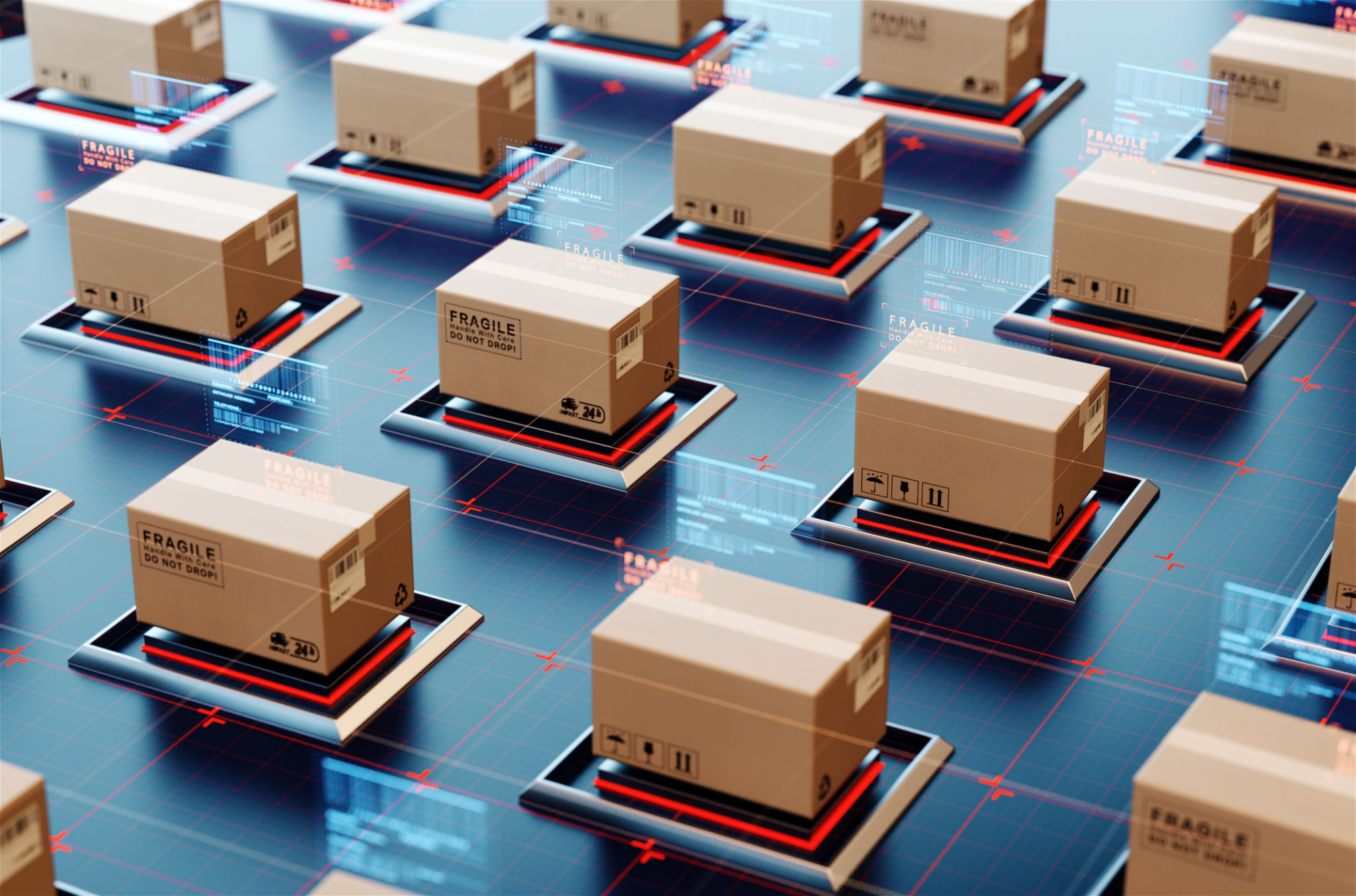How Web3 is Revolutionizing Supply Chain Transparency
Understanding Web3 and Its Impact on Supply Chains
Web3 represents the next evolution of the internet, characterized by decentralized networks and blockchain technology. This transformation is not only reshaping how we interact online but is also making significant strides in industries like supply chain management. Supply chain transparency has long been a challenge, with complex networks often obscuring the path products take from origin to consumer.
By leveraging the power of Web3, businesses can enhance visibility across their supply chains. Decentralized ledgers provide a secure and immutable record of transactions, offering stakeholders a clear view of each step in the process. This shift towards greater transparency can lead to more ethical sourcing, improved efficiency, and increased consumer trust.

The Role of Blockchain in Enhancing Transparency
Blockchain technology is at the heart of Web3's potential to revolutionize supply chain transparency. Each transaction or movement of goods is recorded in a block and linked to the one before it, creating an unchangeable history. This system ensures that all parties have access to the same data, reducing disputes and enabling quicker resolution of issues.
With blockchain, businesses can track goods from production to delivery, ensuring that every step adheres to agreed standards. This visibility helps prevent fraud and counterfeiting, as any alteration in the supply chain can be quickly identified and addressed.

Smart Contracts and Automated Processes
Another significant development within Web3 is the use of smart contracts. These are self-executing contracts with the terms of the agreement directly written into code. They automatically execute transactions once predefined conditions are met, reducing the need for manual intervention and minimizing human error.
In supply chains, smart contracts can automate payments and logistics processes, ensuring timely delivery and payment without the usual bureaucratic delays. This efficiency not only saves time but also reduces costs associated with manual oversight.

The Benefits for Consumers and Businesses
The transparency enabled by Web3 offers substantial benefits for both consumers and businesses. Consumers gain access to detailed information about product origins, allowing them to make more informed purchasing decisions. This knowledge can drive demand for ethically sourced products and encourage businesses to adopt more sustainable practices.
For businesses, enhanced transparency means improved trust and credibility with consumers. It can also lead to better risk management, as companies can quickly identify potential issues in their supply chains and address them proactively.
Challenges and Considerations
While Web3 offers promising advancements in supply chain transparency, it also presents challenges. Transitioning to a decentralized system requires significant investment in technology and training. Additionally, integrating blockchain with existing systems can be complex and time-consuming.
There are also privacy concerns to consider, as increased transparency could expose sensitive business information. Companies must balance transparency with the need to protect proprietary data.

The Future of Supply Chains with Web3
As Web3 continues to evolve, its impact on supply chains will likely grow more profound. The potential for innovation in this space is immense, with new technologies and practices emerging regularly. Companies that embrace these changes early will be well-positioned to lead in their industries.
The journey towards fully transparent supply chains is ongoing, but with Web3 technologies paving the way, the future looks promising. As these systems become more widespread, we can expect a new standard of openness and accountability across global supply networks.

